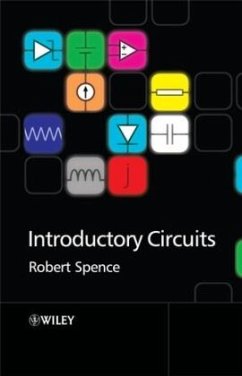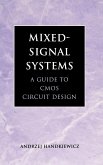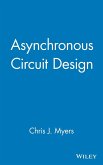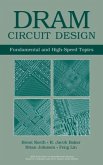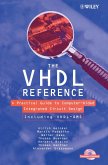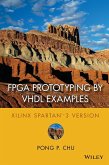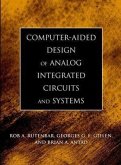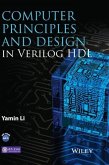The book begins with circuit design, electrical variables (including an overview on DC circuits) and circuit laws and equivalence. Exercises, problems and more challenging problems are presented to help consolidate learning. Spence approaches circuit analysis by showing the similarity between the equations describing AC,DC, and small-nonlinear behaviour. He instructs how to handle Zener diodes in power supplies and opamps in switching circuits, describing stabilization of voltage and the laws governing change behaviour. An overview of the analysis of change is presented near the end of the book, with a full explanation of small changes in nonlinear circuits, with systematic analysis.
Compact but comprehensive, this textbook presents the essential concepts of electronic circuit theory. As well as covering classical linear theory involving resistance, capacitance and inductance it treats practical nonlinear circuits containing components such as operational amplifiers, Zener diodes and exponential diodes. The book's straightforward approach highlights the similarity between the equations describing direct current (DC), alternating current (AC) and small-signal nonlinear behaviour, thus making the analysis of these circuits easier to comprehend.
Introductory Circuits explains:
_ the laws and analysis of DC circuits including those containing controlled sources;
_ AC circuits, focusing on complex currents and voltages, and with extension to frequency domain performance;
_ opamp circuits, including their use in amplifiers and switches;
_ change behaviour within circuits, whether intentional (small-signal performance) or caused by unwanted changes in components.
In addition to worked examples within the text a number of problems for student solution are provided at the end of each chapter, ranging in difficulty from the simple to the more challenging. Most solutions for these problems are provided in the book, while others can be found on the accompanying website.
Introductory Circuits is designed for first year undergraduate mechanical, biomedical, materials, chemical and civil engineering students who are taking short electrical engineering courses and find other texts on the subject too content-heavy for their needs. With its clear structure and consistent treatment of resistive, reactive and small-signal operation, this volume is also a great supporting text for mainstream electrical engineering students.
Compact but comprehensive, this textbook presents the essential concepts of electronic circuit theory. As well as covering classical linear theory involving resistance, capacitance and inductance it treats practical nonlinear circuits containing components such as operational amplifiers, Zener diodes and exponential diodes. The book's straightforward approach highlights the similarity between the equations describing direct current (DC), alternating current (AC) and small-signal nonlinear behaviour, thus making the analysis of these circuits easier to comprehend.
Introductory Circuits explains:
_ the laws and analysis of DC circuits including those containing controlled sources;
_ AC circuits, focusing on complex currents and voltages, and with extension to frequency domain performance;
_ opamp circuits, including their use in amplifiers and switches;
_ change behaviour within circuits, whether intentional (small-signal performance) or caused by unwanted changes in components.
In addition to worked examples within the text a number of problems for student solution are provided at the end of each chapter, ranging in difficulty from the simple to the more challenging. Most solutions for these problems are provided in the book, while others can be found on the accompanying website.
Introductory Circuits is designed for first year undergraduate mechanical, biomedical, materials, chemical and civil engineering students who are taking short electrical engineering courses and find other texts on the subject too content-heavy for their needs. With its clear structure and consistent treatment of resistive, reactive and small-signal operation, this volume is also a great supporting text for mainstream electrical engineering students.

